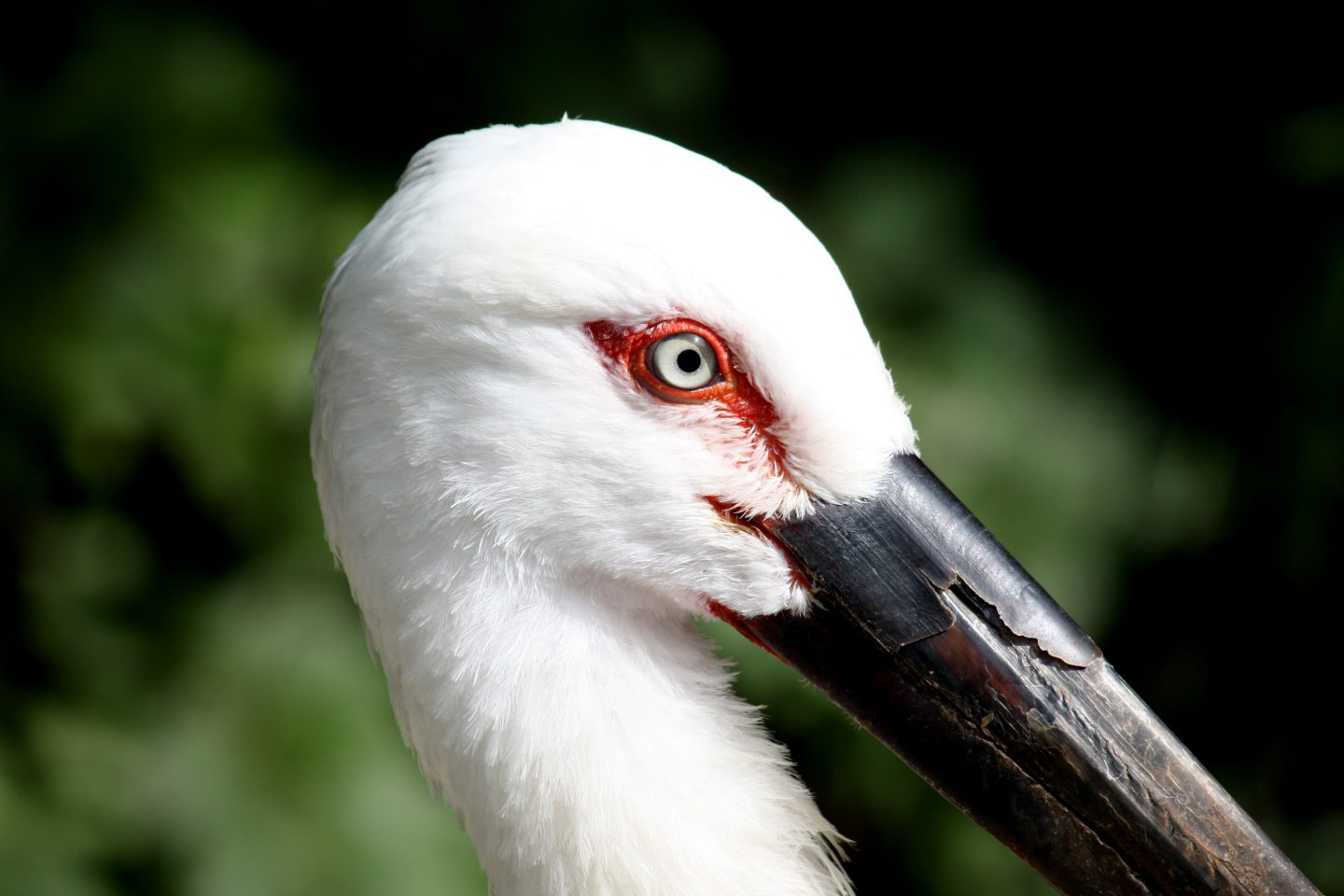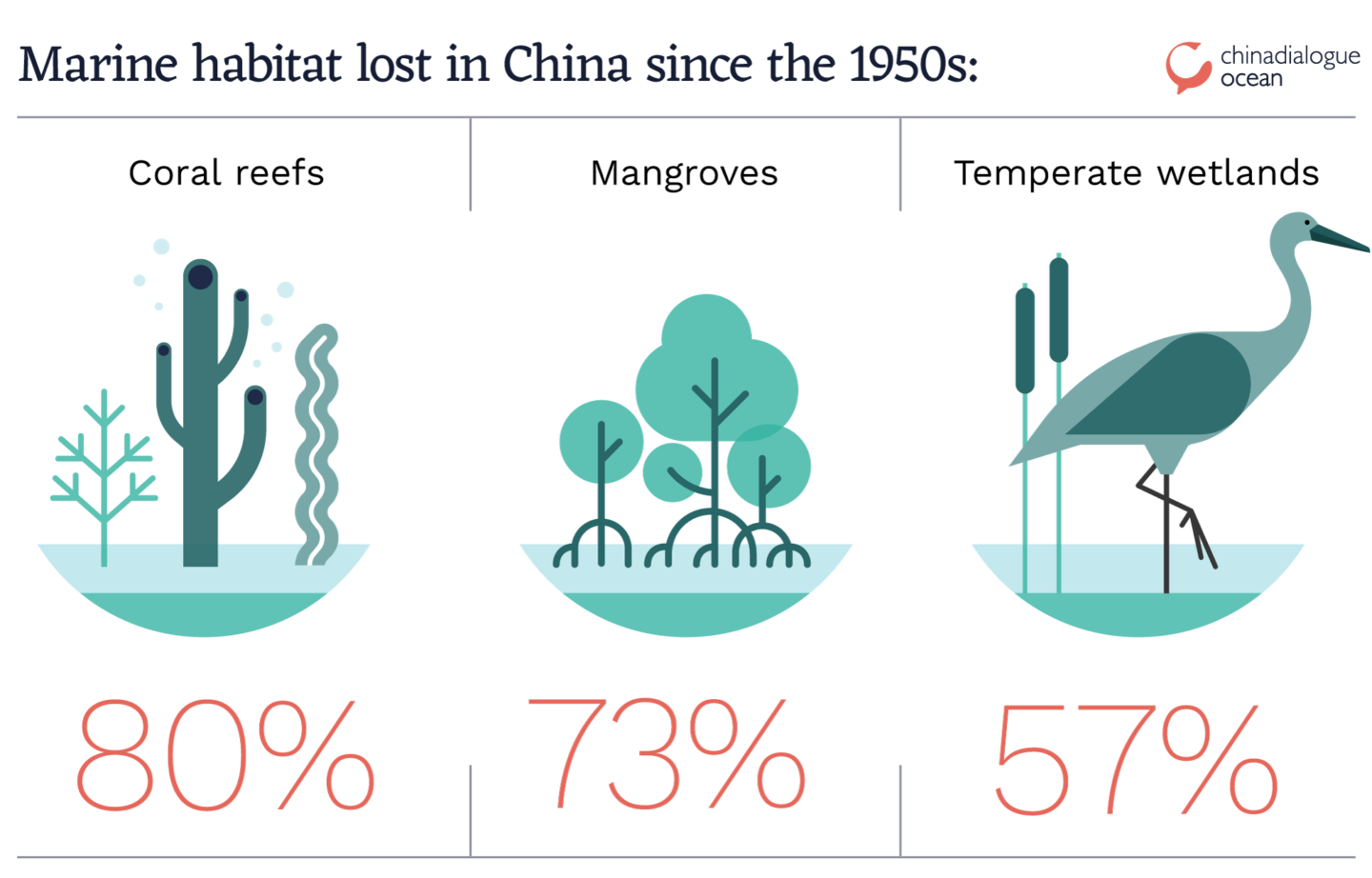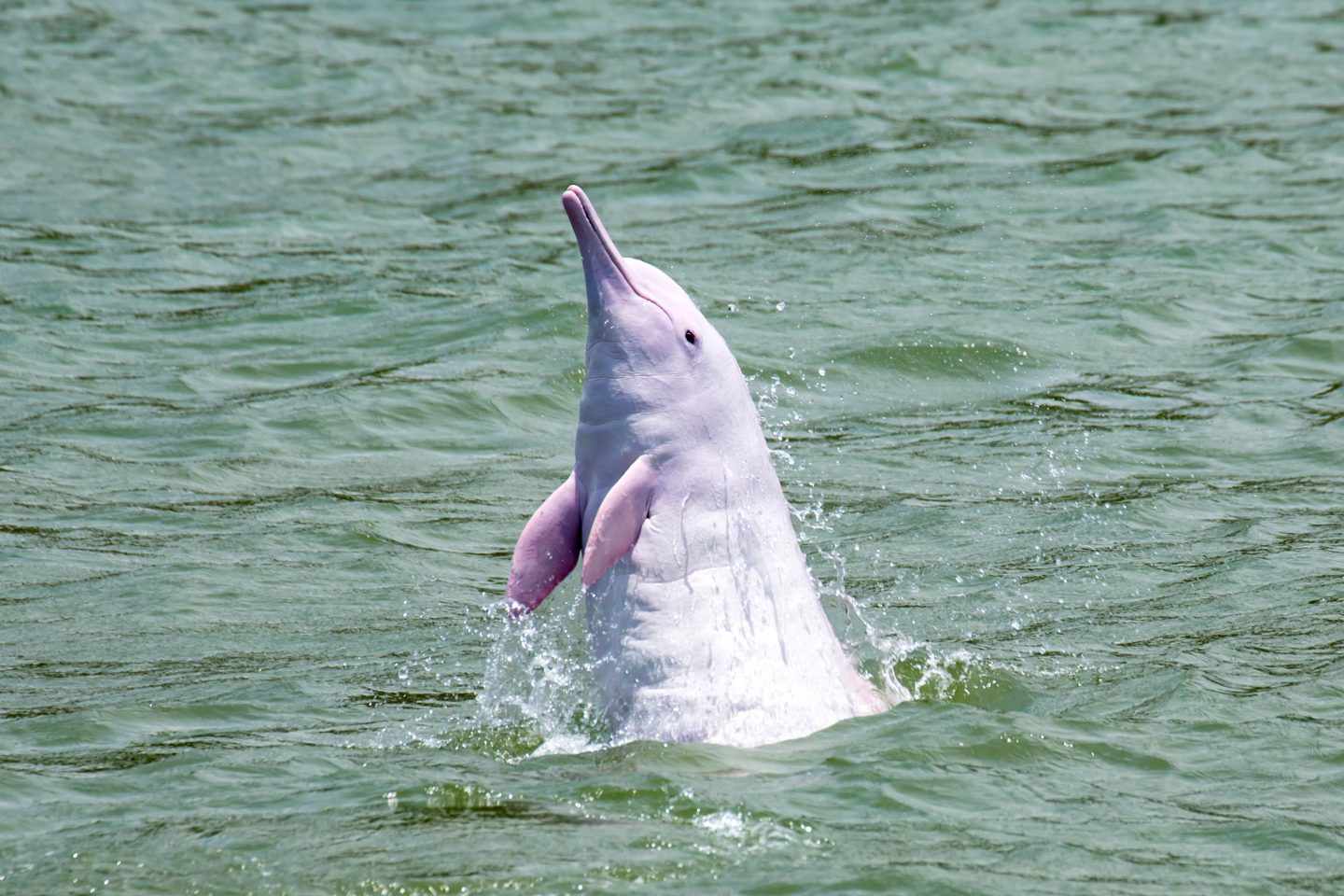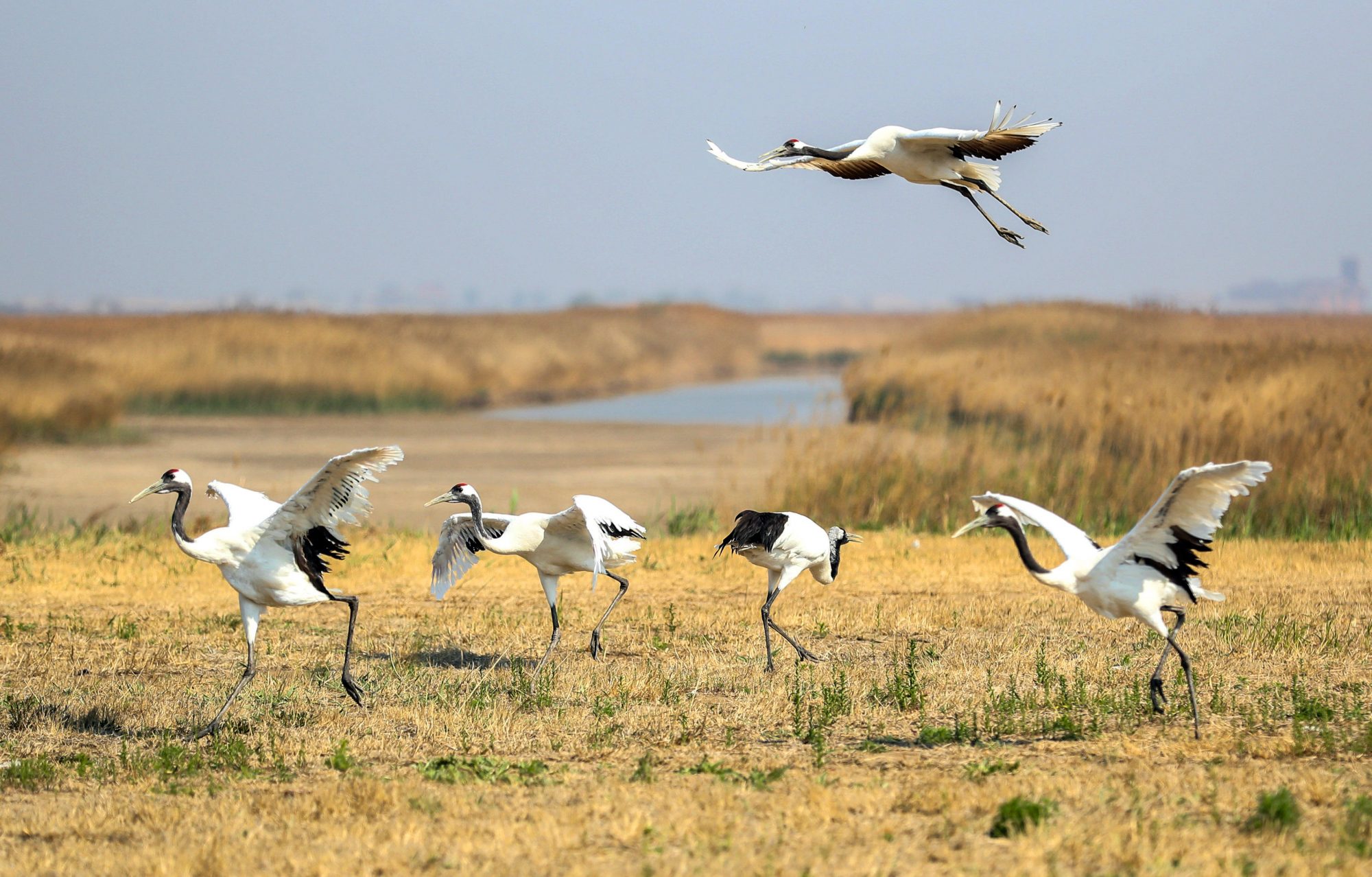In July this year, UNESCO brought a bird sanctuary on the coast of the Bohai Bay into its prestigious list of world heritage sites. It is both China’s first coastal wetland heritage site and the world’s second intertidal wetland heritage site.
Coastal wetlands, which include coral reefs, mangrove forests and shallow seabeds, are some of the world’s most biodiverse ecosystems. They provide breeding grounds and habitats for a multitude of marine organisms. This biodiversity and the ecological services wetlands provide, makes them of huge natural and economic value.

Millions of birds of over 250 species are thought to inhabit China’s coastal wetlands every year, accounting for 80% of the country’s aquatic birds and including endangered species such as the red-crowned crane, the black-faced spoonbill and the oriental stork. They supply food for the birds as they breed, migrate, rest and overwinter.
Coastal wetlands also help regulate the environment, by retaining and absorbing nutrients, purifying water, preventing soil erosion and protecting the coastline. For example, mangrove forests shield the land from typhoons and storm tides, while kelp beds clean water by absorbing nitrogen and phosphorus.
China’s coastal regions are home to 40% of its population, 50% of its major cities and generate 60% of its GDP. But development of the coast is heavily dependent on the biodiversity found there. We used one set of data to carry out an in-depth analysis of the relationship between China’s 32,000km of coastline and 22,000 marine species (10% of the global total). Of the world’s seabird species, 23% are found and China, along with 14% of fish species. There are 2,500 commercial fish species, 800 commercial shrimp and crabs, and 100 commercial aquatic plants. Species such as the Chinese sturgeon, the Indo-Pacific humpback dolphin, five species of sea turtle, a horseshoe crab and dugong are either unique to China, or endangered worldwide.
Meanwhile, China catches 13 million tonnes of seafood every year, worth 200 billion yuan (US$28 billion) and accounting for 20% of national seafood production. Marine species are also sources of important drugs for the medical industry – 1,000 have been identified as of medical use, with 250 containing substances that can help to treat cancer.
But coastal wetland areas are among the most affected and damaged by human activity, and suffer the largest drops in biodiversity. Disorderly and excessive development, pollution and illegal fishing have seen China lose more than 50% of its temperate coastal wetlands, 73% of its mangrove forests and 80% of its coral reefs. Large expanses of inshore habitats have been lost or degraded and ecosystem connectivity has fallen significantly, leading to sharp and sustained drops in the number of marine species, with increasing numbers of species becoming endangered.

For example, Shenzhen’s 40 years of rapid growth have seen mangrove forests shrink by half and aquatic bird numbers plummet by two-thirds. There is little cause for optimism about the biodiversity of China’s coastal wetlands. If these losses continue, China’s 200 billion yuan (US$28 billion) annual seafood catch and efforts to develop its marine economy will greatly suffer.
As part of building an ecological civilisation, China has taken a number of measures to improve the situation. Strong attempts have been made to bolster management and protection of marine biodiversity in line with a principle of “conserving while developing and developing while conserving”, with a revision of the Marine Environment Protection Law, establishment of priority marine conservation zones, better ocean zoning and a lifetime responsibility approach to marine environment damage, all of which have produced results.
For example, in 2016 and 2017 three documents were issued to ensure the conservation, management and appropriate use of coastal wetlands, including a program for wetland restoration, guidance on conservation and management of wetlands, and an overall wetlands conservation program for the 13th Five Year Plan period. A 2018 crackdown on land reclamation has also helped.
To date, China has established over 250 marine protected areas, covering 123,000 km2, or 4.1% of China’s total marine area. This includes 37,000 km2 of inshore waters, 9.7% of the total. Species protected include the Indo-Pacific humpback dolphin, a rare species of lancelet, the Chinese horseshoe crab, and several coral, along with ecosystems such as mangrove forests, coral reefs, river mouth wetlands and islands. Since 2011, 42 national marine parks have been set up, and China aims to have 5% of its waters protected by 2020.

But currently only 24% of China’s coastal wetlands are protected, far less than the nationwide proportion of 43% . For genuinely effective management and conservation, much more needs to be done. There is no specific law covering coastal wetlands and the laws and regulations that touch on their protection are incomplete. There are numerous conflicts between various management systems, rather than a single coordinated system. Coastal wetland management involves multiple government departments and agencies, including forestry, marine, fishery, homeland and environmental protection. Conflicts between various management systems often compromise the effectiveness of coastal wetland conservation efforts in China. Hopefully the recent government reshuffle can help solve this problem.
Public education on the importance of wetlands and biodiversity is minimal so people are unaware of the important functions these ecosystems play. Meanwhile, most conservation work in coastal wetlands focuses on aquatic birds, particularly those which are endangered, with less attention paid to fish. Protected areas are small, focused on only a few species, and not necessarily in the places where conservation is most needed. A lack of funding and poor understanding of what resources existing reserves contain and how to monitor these is severely limiting the protection and restoration of China’s coastal wetlands. I hope ongoing management and conservation work will take the above issues seriously.
